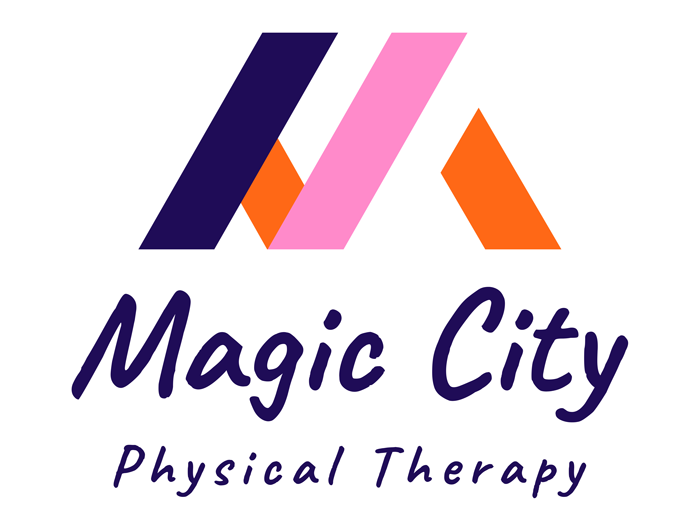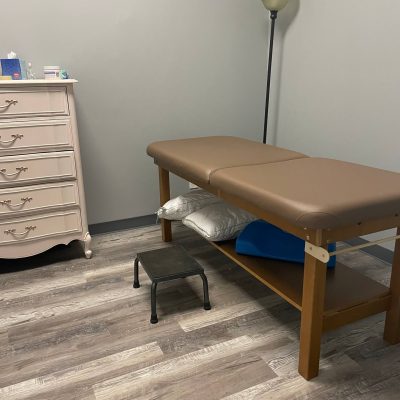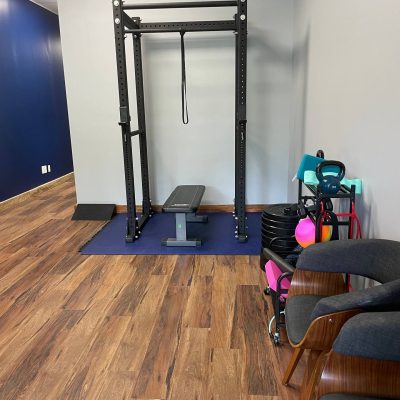When people hear “pelvic floor therapy,” they often think it’s just for women—but that couldn’t be further from the truth. Men have a pelvic floor too, and it plays a vital role in bladder, bowel, and sexual function.
Issues like pelvic pain, urinary urgency, erectile dysfunction, or prostatitis are more common than most men realize—and pelvic floor physical therapy can be a key part of recovery.
As a pelvic health physical therapist, I see firsthand how often men suffer in silence, unsure where to turn for help. This blog is for those men—to help you understand what’s happening, why it’s happening, and how we can help.
The Male Pelvic Floor: Small Muscles, Big Impact
The male pelvic floor is a group of muscles and connective tissues that sit like a hammock at the base of the pelvis. These muscles:
- Support the bladder, bowel, and prostate
- Control urination and bowel movements
- Contribute to sexual arousal, erection, and ejaculation
- Stabilize the hips and core
When these muscles become tight, weak, or uncoordinated, they can cause a cascade of symptoms—some of which might not even feel “pelvic” at all.
Pelvic Pain in Men: Often Misunderstood, But Treatable
Chronic pelvic pain in men can feel like a dull ache, pressure, or burning in areas such as the perineum (between the scrotum and anus), testicles, lower abdomen, penis, or even the tailbone.
Many men are told they have “prostatitis”—but in many cases, no active infection is found. This is known as chronic pelvic pain syndrome (CPPS) or non-bacterial prostatitis, and it’s often related to muscle tension, nerve irritation, or pelvic floor dysfunction rather than infection.
Common signs of pelvic floor–related pain include:
- Pain that worsens with sitting, stress, or bowel movements
- Difficulty starting or stopping urine flow
- Pain after ejaculation
- A sensation of “fullness” or tightness in the pelvic area
Pelvic floor therapy helps by addressing muscular and nervous system contributors to pain—through gentle manual therapy, relaxation training, and guided movement.
Erectile Dysfunction and the Pelvic Floor Connection
Erectile function depends on healthy blood flow, nerve communication, and pelvic floor coordination.
The pelvic floor muscles help maintain blood in the penis during erection by compressing the veins that allow blood to leave. If those muscles are weak or poorly coordinated, erections can be difficult to achieve or maintain.
Conversely, if the muscles are too tight, they can restrict blood flow or compress nerves, leading to pain or numbness that impacts arousal.
Pelvic floor therapy addresses these issues by:
- Improving awareness and control of the pelvic muscles
- Reducing tension and improving circulation
- Re-educating coordination for arousal and relaxation
- Supporting confidence and reducing performance-related anxiety
Many men notice not just improved function, but a better sense of connection to their body and sexual health after working on these muscles.
Prostatitis & Post-Prostate Surgery Recovery
For men with prostatitis—especially chronic or recurrent cases—pelvic floor therapy can help manage lingering symptoms even after antibiotics or other treatments.
We use targeted approaches to:
- Decrease pressure in the pelvic floor and surrounding tissues
- Improve blood and lymphatic circulation for healing
- Teach posture and breath strategies to reduce strain on the pelvic region
For men recovering from prostate surgery (like prostatectomy), therapy focuses on restoring bladder control, rebuilding pelvic strength, and managing scar tissue or pain. Post-surgical incontinence is common, but with guided rehab, most men see significant improvement in control and confidence.
It’s Not Just Physical: The Mind-Body Connection
Stress, anxiety, or fear can amplify pelvic symptoms. The pelvic floor is closely tied to the body’s stress response—many people subconsciously “hold” tension there.
Learning how to breathe, relax, and reset the nervous system is a crucial part of recovery. Techniques such as diaphragmatic breathing, body scanning, and gentle stretching can reduce pain and restore normal muscle tone.
In therapy, we often blend these approaches with education and mindfulness strategies to help men feel in control again—rather than at the mercy of unpredictable pain or symptoms.
When to Seek Pelvic Floor Therapy
If you’re a man experiencing any of the following, pelvic floor physical therapy can help:
- Persistent pelvic or groin pain
- Difficulty with urination or bowel movements
- Post-prostate surgery leakage or weakness
- Pain during or after sexual activity
- Erectile or ejaculatory dysfunction
- A feeling of tightness, heaviness, or pressure in the pelvic region
The Takeaway
Men’s pelvic health deserves just as much attention as women’s. Whether it’s pain, leakage, or changes in sexual function, these symptoms are not “just part of aging” or something you have to live with.
Pelvic floor therapy offers a safe, evidence-based, and discreet space to address these challenges—helping you move, function, and live more comfortably and confidently.
If you’re ready to take that first step, know that you’re not alone—and help is closer than you think.







